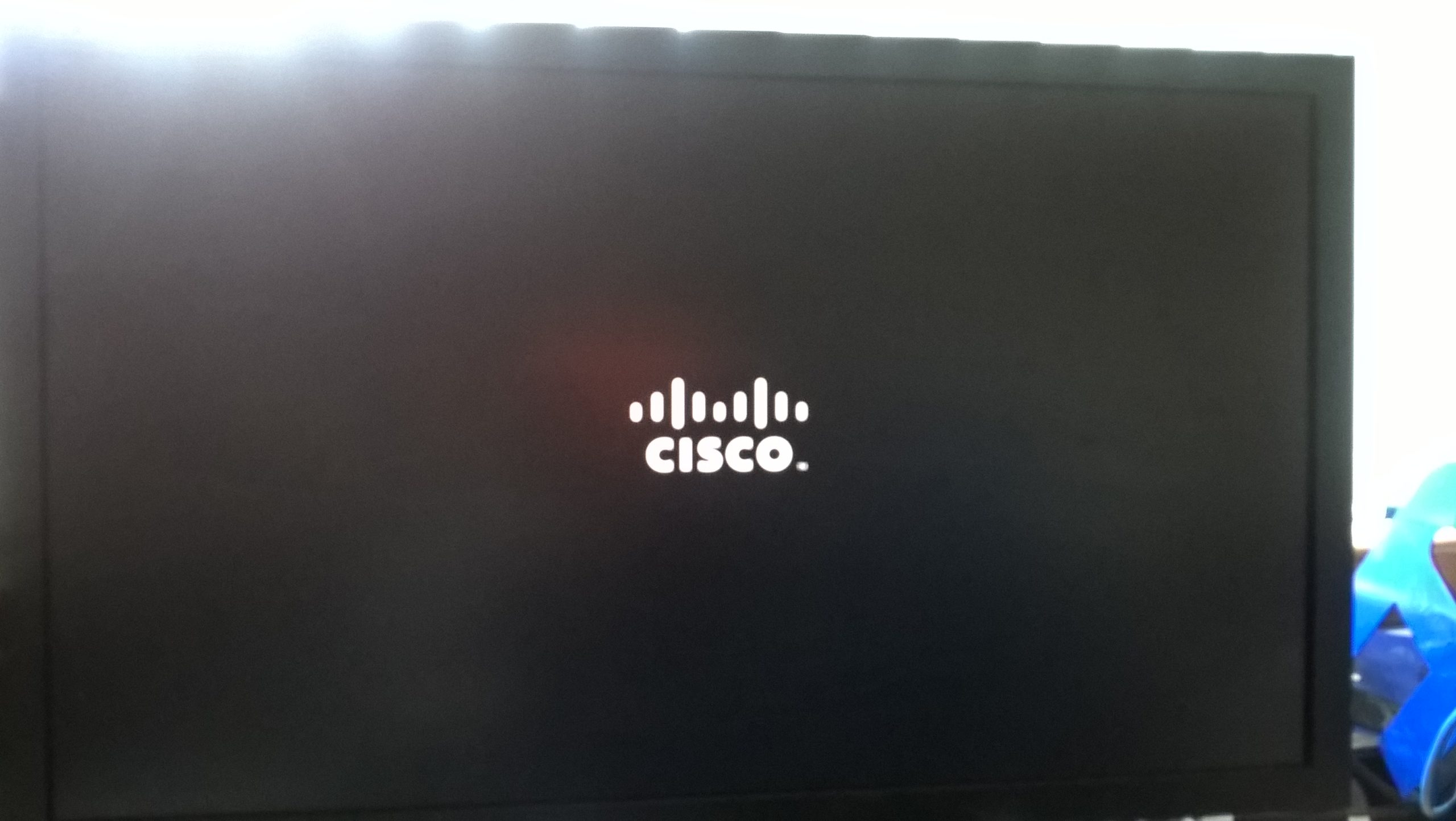The High Cost of Neglecting Server Maintenance: A Cautionary Tale
Today, we faced a challenging situation that serves as a stark reminder of the importance of proactive server maintenance. A client’s server unexpectedly failed, resulting in the loss of critical information that we had been cautioning them about for the last three years.
The failure of both hard disk drives (HDDs) seemed inevitable after years of heavy use. When we examined the server, we discovered that its LEDs were so dim they appeared to be nonfunctional, which was equally true for the HDD error indicator.
In an attempt to salvage the situation, we worked on reconstructing the RAID 10 array. Unfortunately, the data on the remaining drive was too severely damaged to recover, leaving us with few options. The last backup was conducted just two days prior, but preliminary assessments suggest that it too may be corrupted.
Compounding the issue, the server was running on Windows Server 2008, which means that we will need to set up a new Active Directory and facilitate the migration of all client computers. This process is not only labor-intensive but will also incur significant costs for the client.
Ultimately, one must question whether it was prudent for the client to rely on a server that had exceeded its average lifespan by threefold, leading to the loss of weeks’ worth of work. Adding to the frustration is the reality that the new server will need to spend time in our workshop before it can be installed on-site.
The overarching lesson here is clear: investing in your organization’s main server is essential. Cutting corners can lead to devastating consequences that far outweigh the initial savings.
As an aside, I must mention that this server was unlike any I have encountered before. The layers of dust and grime suggested a less-than-ideal environment, leaving us to wonder if someone had been smoking in the server room!
In conclusion, take heed of this experience and prioritize regular maintenance and timely upgrades to avoid such costly disruptions in the future.
Share this content:



